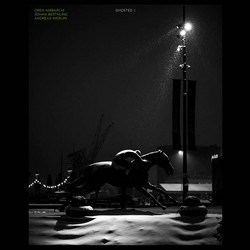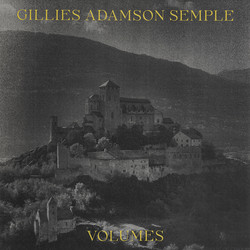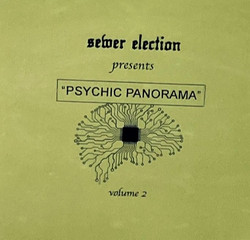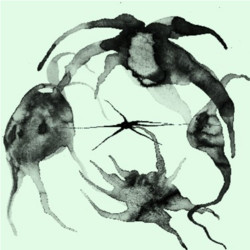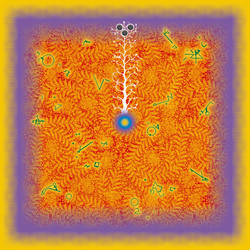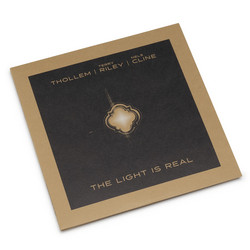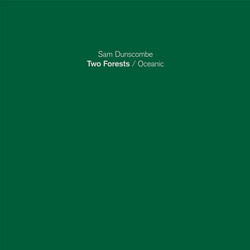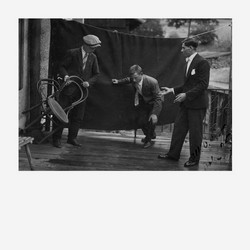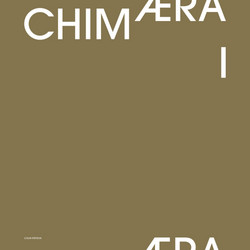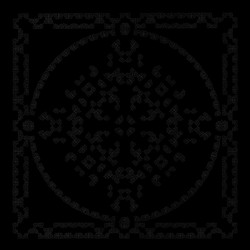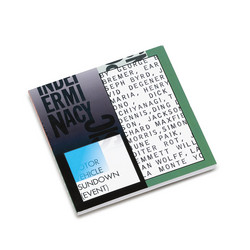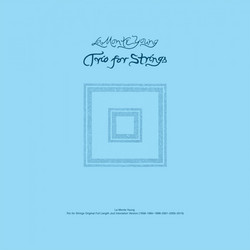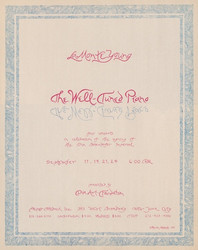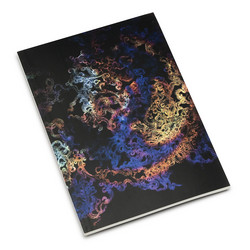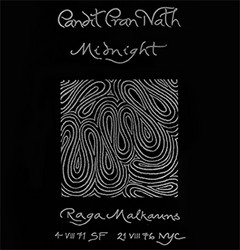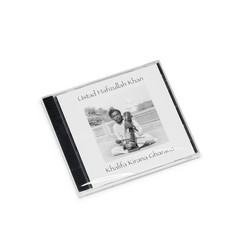2024 Stock. Much needed reissue of this seminal album, recorded by La Monte Young and Marian Zazeela in 1982, one of his most sought-after classic is finally repressed in a limited print run, so....Hurry! Originally released in 2000, it is made available now in a limited edition on CD as an homage to their guru. This recording was used by Pandit Pran Nath for his own practice for many years. Accompanied by a booklet that includes two color and seven black and white photographs as well as extensive documentation prepared by La Monte Young and Marian Zazeela regarding the origins and history of the Tambura and its significance in the Indian classical vocal style of Kirana as practiced and taught by Pandit Pran Nath, this 74-minute CD represents Young's best recorded tambura tuning.
" This recording is an invaluable artifact, destined to become a cherished classic, valued for years to come by those able to appreciate the subtle vibratory qualities of this High Art" Terry Riley
"...static but sparkling with natural overtones. The tamburas' tuning and the way they are played are traditional, but whereas in Indian music the instruments usually accompany a vocal or instrumental recital, here their hypnotic sound becomes the sole focus, which can be heard simultaneously as a sustained-tone minimalist artifact and as a high resolution homage to one of the fundamental building blocks of Hindustani music." --Marcus Boon, The WIRE, September 2001
"Eternal Music is a cumbersome concept. It is non-denominational, but religious, a sacred music that aims for a pure truth of sound. If all matter is interconnected, and no energy ever completely disappears, all sounds are occurring at all times. There is no necessary artistry or intention. It's just that somewhere in the universe, there is a 440-hertz sine wave tone that has been playing for all of time. And there are sine waves playing at all sorts of minute gradations in between 440 and 441. The whole sound spectrum, audible and inaudible, is all obliviously occurring, all the time, in the ether.
Yet, for many Minimalists, the appeal is in a certain compromise, the ability to mix culture and artistry with infinity and eternity. Draw a line from John Cale to Alan Licht and you have a strain of minimalism that deals with living in New York City as much as it deals with religiosity and transcendence. In the work of Phill Niblock, we see minimalism that deals, to some degree, with religiosity and transcendence, but it is likened to manual labor, and about the practical processes and working strategies just as much as about some sort of grand scheme of the universe. Henry Flynt, who has finally received his dues in the last two years, is particularly fascinating for his ability to infuse eternity into Americana. And this doesn't even begin to cover the more recent developments born out of Minimalist musical approaches, interest in junk collage, aggressive assault and near-complete silent resignation all have cropped up in surprising ways.
La Monte Young, on the other hand, is almost exclusively preoccupied with the grand scheme of the universe, the drone for drone's sake, the drone as an escape from the ego that seems to dominate so many other parts of his life. Whereas many other composers seem to be entirely visible in their work, La Monte's drones, perhaps due to their origin in collective group improvisation, have always seemed somehow depersonalized. Even Eliane Radigue, a decided transcendent-drone-purist, seems to seep in at the edge of her pieces, her delicate touch definitive and unmistakable. La Monte's touch is a little harder to pin down.
Perhaps nowhere is this more true than on The Tamburas of Pandit Pran Nath, a one 74-minute tambura drone performed solely by Young and long-time partner, Marian Zazeela. Like Young's other work, this exists in its own precious universe, a controlled environment, carefully meted-out to the public according to Young's uncompromising standards. These are the sort of stringent principles that have left this 20-year-old recording unavailable for so long, and these are the principles that have caused for any number of alterations that the 44-page liner notes go to pains to elaborate on. The Tamburas of Pandit Pran Nath is remastered, slowed down to slightly different pitch-ratio and edited together with extra material for the CD release, just to give an extra 14 minutes of eternity. This is the same type of obsessive artistic control that leaves so much of Young's work unavailable or unaffordable, prompting colleagues to simply ask, "What's he so afraid of?" and more urgent critics to accuse him of preserving a legacy through elite restrictedness.
Yet, for all of Young's reluctance to compromise, Tamburas is notable for being the first moderately-priced Young album in quite some time, retailing for roughly 22 dollars and considering the extended, well-informed booklet, it's not half-bad. But these earthly issues don't really concern La Monte, as he's made clear time and time again. There are only two issues of importance on this recording. The first is paying respect to his master, Pandit Pran Nath, and invoking him through a ritualistic music performance. The second issue is the rolling, endless drone that has captured La Monte's imagination ever since he listened to the electric power lines outside of his log cabin birthplace in Idaho, as the legend goes.
In many ways, this limited and narrow focus makes the music on this recording fairly easy to anticipate. The tambura makes what is perhaps one of the most recognizable sounds in Indian music, it is a purely harmonic drone, with no capacity for traditional melody. Performance on this instrument is entirely based on attention to excruciating tuning detail, a delicate balance that could be upset with the most imperceptible changes in room temperature or human touch. In the liner notes, we're assured that this recording is, in fact, miraculous; a document of a perfect tuning that reflects the heavens above and amazingly enough, remains at a perfectly static level throughout the entire performance. This build-up isn't totally unmerited; the 74 minutes do, in fact, contain a idyllic, hazy and harmonically-rich drone that solicits a particularly meditative state. Of course, if you listen closely enough, you can hear traffic moving outside of the recording studio, which, despite being ideally undesirable to La Monte, is a perfect example of what this music is missing. " Dusted Magazine
Recorded in 1982 in homage to the artists' guru, Pandit Pran Nath, who then used it for years in his own practice.
Issued with a booklet that includes photographs and extensive documentation regarding the origins and history of the Tambura and its significance in the Indian classical vocal style of Kirana as practiced and taught by Pandit Pran Nath.
The tamburas are played at Jora Sa 120 Hz, Pa 90 Hz, Kuraj Sa 60 Hz (low B pitch).
Limited to the number that could be personally supervised by the artists, issued on a silkscreened disc with 44-page booklet in a double-size jewel case.
